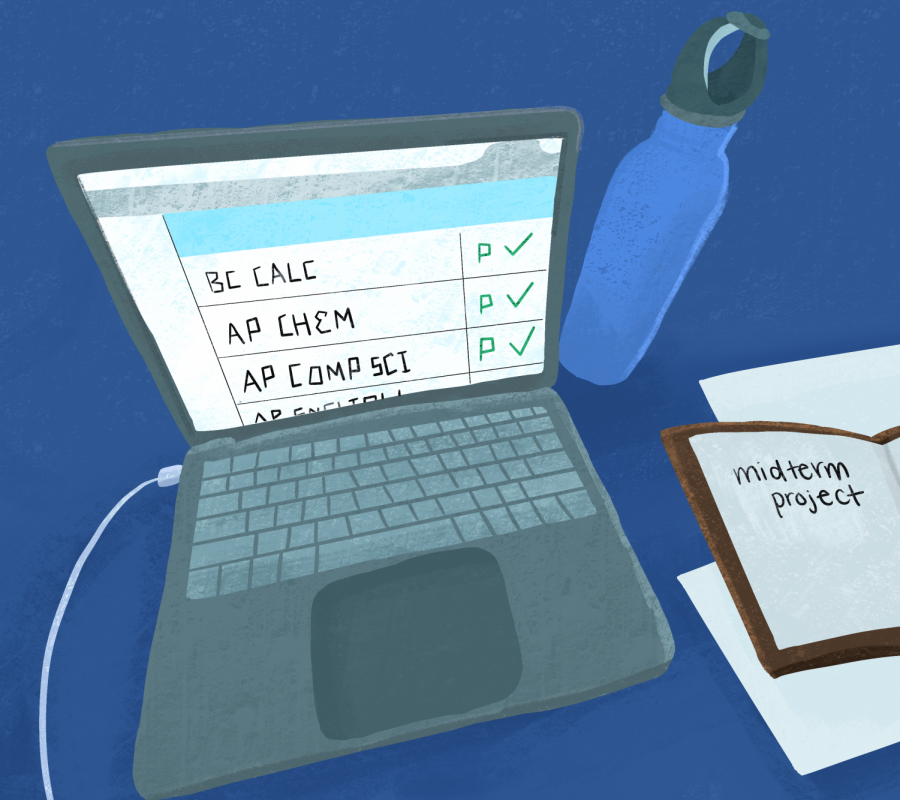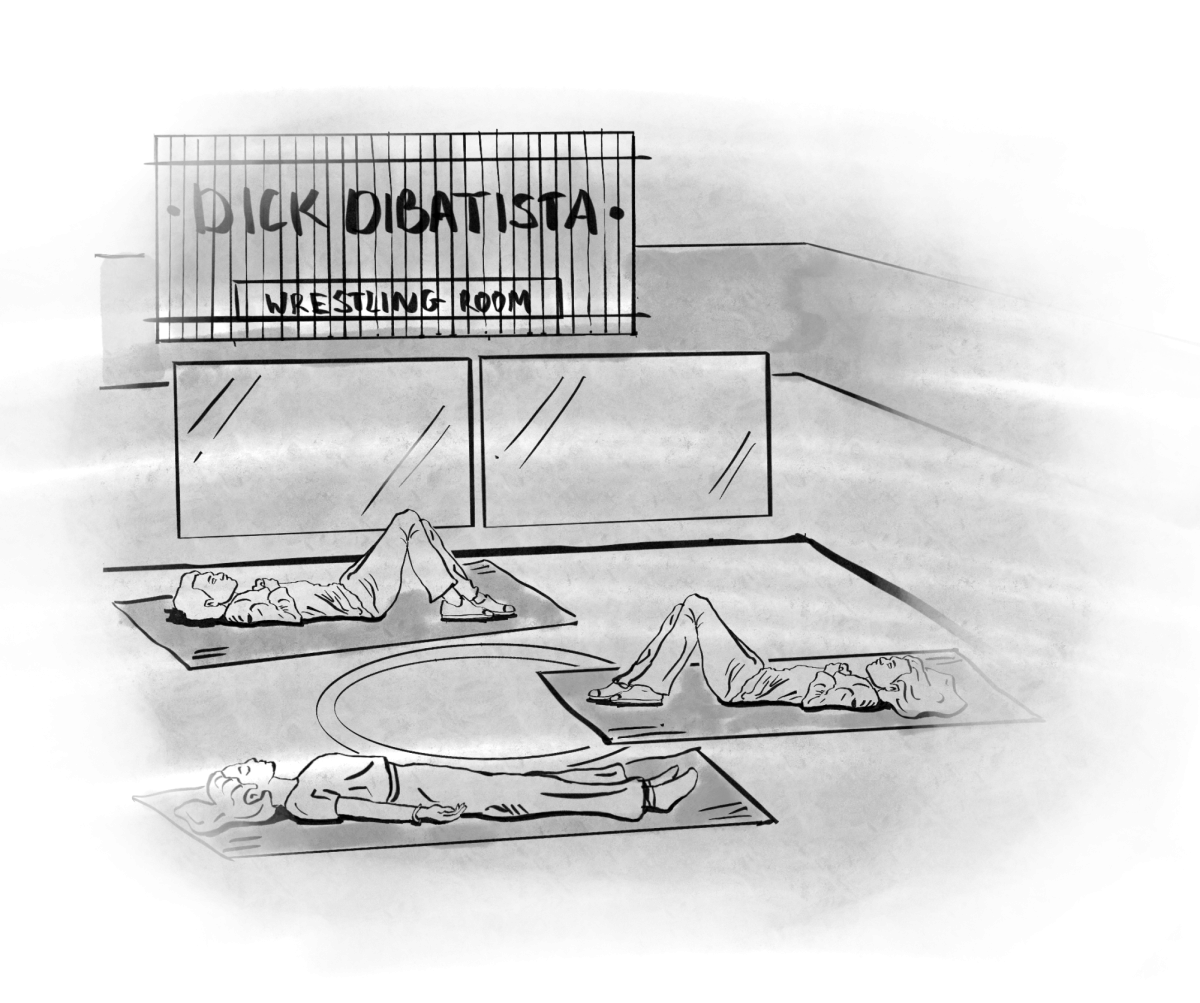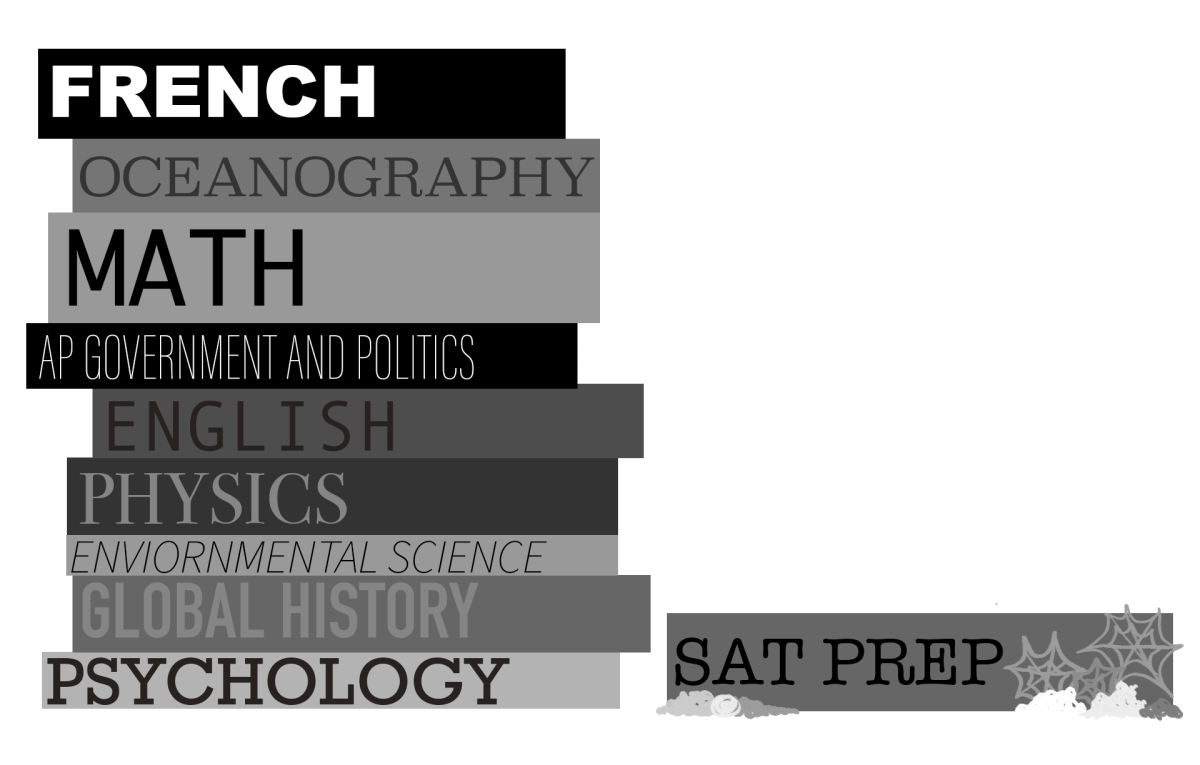
The COVID-19 pandemic has transformed so much of the school routine we are used to. Everything looks different this year, whether it is wearing masks in class, attending school online, or missing out on the social interaction that is so important to our school experience. And frankly, it stinks. But I believe there is much to be learned from the last six months of school. I want to consider how LM’s response to the pandemic can guide us when we eventually return to normal.
The grading system at LM last spring looked far different from what students were accustomed to. During last year’s fourth quarter, the district implemented a Pass/Fail system, allowing students to focus on their mental health and general well-being, instead of stressing about their grades.
I suggest that LM pumps the brakes on a full return to A-F grading. Though an A-F scale is the best option for many core classes, there are certainly situations in which Pass/Fail grades would benefit both students and instructors. For example, art classes at LM still require a letter grade, which makes little sense. Zoe Hill ‘21 described one such class, saying, “We get a lot of feedback on how to improve techniques… it’s a lot of focus on developing your style.” That’s how it should be. Instruction for a subject built on individuality and creativity deserves a flexible, feedback-based grading system, for which Pass/Fail can lay the foundation.
Another major consideration when it comes to letter grades are midterm and final examinations. In previous years, these tests were the source of great stress for high school students. Last spring, however, the school traded out final exams for projects, papers, and other assessments, in light of the difficulties that came with the transition to remote learning. This year, in a commendable step forward, LM announced its new “Cumulative Grading Policy,” which incorporates both the elimination of midterm and final exams.
I, for one, am overjoyed at the vision that the administration has shown in making these moves. High school students are experiencing an incredibly bizarre and stressful time right now, and the administration is moving in the right direction with these changes.
Midterms and finals set tricky deadlines for teachers, forcing them to abridge the topics at the end of their classes, while unleashing a veritable hellstorm on their students during the last week of the semester. When we return to in-person learning, we should move forward with a flexible grading schedule that enables individual teachers to decide the dates and contents of their assessments.
I would be remiss not to mention the most impactful change of remote learning: the overwhelming increase in the use of technology. During the last eight months, reliance on our computers has become universal.
Perhaps the clearest lesson is that a full day spent on Zoom is far too much. More specifically, we now understand more than ever the benefits of learning in a physical classroom, with a live instructor, surrounded by our peers.
I implore students, faculty, and administrators to let this period inform their classroom priorities going forward. I think it is clear that collaboration, discussion, and interactive teaching should come to the forefront of the school experience. We have missed these qualities greatly, so it would be prudent to focus on them as we return to in-person school.
On the other hand, the ubiquity of technology during remote learning should not send us back to the Stone Age. In fact, the transition to a remote classroom has exposed all of us to the dynamic potential of technology when it is applied correctly. Zoom will certainly be used in the future to help communicate with students who cannot attend class, while learning tools like Nearpod, Kahoot, and PearDeck have appeared in more and more classrooms. The uniformity of teacher Blackboards that has been achieved this year is another promising step forward. Though Blackboard will not carry quite the importance in future years that it has during our time in remote learning, teachers and administrators should continue to maintain a uniform system for posting work.
By all means, once we can safely return to in-person schooling, the focus should be on what we can do in-person. But we need not desert the technological tools that have helped us make the best of an awful situation.
In short, LM should implement a Pass/Fail grading system for classes in areas like art and design where feedback and creativity should be encouraged, maintain the policy of not setting official midterm and final exam dates to give teachers more freedom and students less stress, and incorporate the technological tools that have helped us during the pandemic while focusing on an interactive, collaborative classroom. If LM can accomplish all these things, we will have made something positive out of one of the most traumatic events of our lifetimes.




